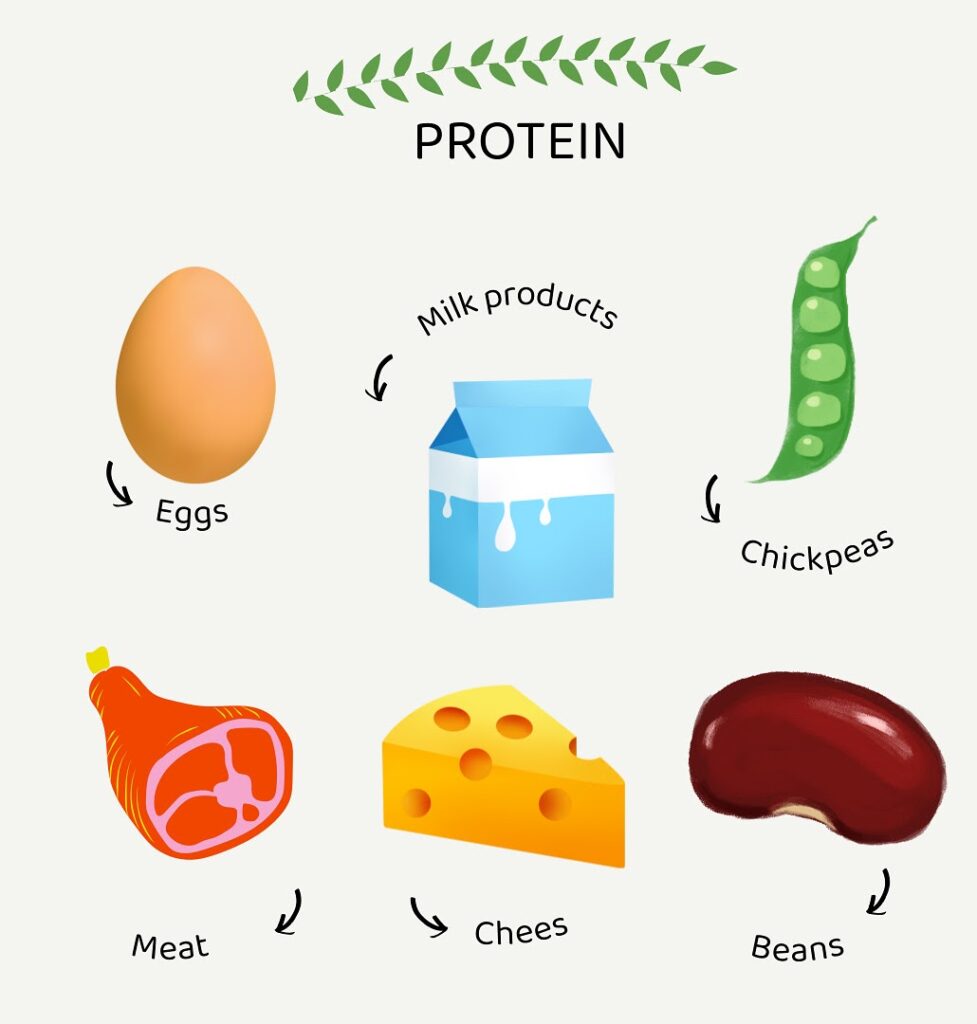How to distinguish between marketing hype and a truly natural high-protein product.
Have you ever wondered why some products are labeled as “high-protein” and priced higher, even though you’re pretty sure they aren’t much different from the regular version sitting right next to them? Not all “high-protein” products are a scam, BUT many use clever marketing tactics to make us believe their protein content is something extraordinary, when, in reality, similar or better sources of protein can be found in whole, natural foods at a lower cost. And we sometimes really go for it!
The best way to meet your protein needs is through a balanced diet rich in whole, nutrient-dense foods, occasionally supplemented with high-quality protein sources when necessary.
Next time you see a flashy “high-protein” label, pause for a moment and read the fine print. You might just save money and make a healthier choice by opting for natural, whole-food protein sources instead.
How to Identify Truly High-Protein Foods
To avoid falling for marketing tricks, here are some tips to ensure you’re getting real high-protein foods:
Read the Nutrition Label – Don’t just trust the bold front-of-package claims. Check the protein grams per 100g to see if it truly delivers (or per portion)
Examine the Ingredient List – The first few ingredients should include a high-quality protein source, not sugar, artificial additives, or fillers (this is actually something you should always do)
Compare to Whole Foods – Instead of processed “high-protein” snacks, consider natural protein sources like eggs, chicken, Greek yogurt, lentils, cottage cheese, and nuts, which often provide better protein quality and additional nutrients
Be Skeptical of Trendy Foods – Just because a cookie, pancake mix, or cereal says “protein” on the label doesn’t mean it’s nutritious. Many of these products contain minimal protein compared to whole foods, and may be loaded with sugar, refined carbs, or unhealthy fats
Not all protein products are bad, but being an informed consumer helps you avoid marketing gimmicks and prioritize quality nutrition. Whole, unprocessed foods should always be the foundation of your diet, with added high-quality protein only when necessary.
So next time you’re tempted by a “high-protein” snack, ask yourself: Is this really the best way to get my protein?

